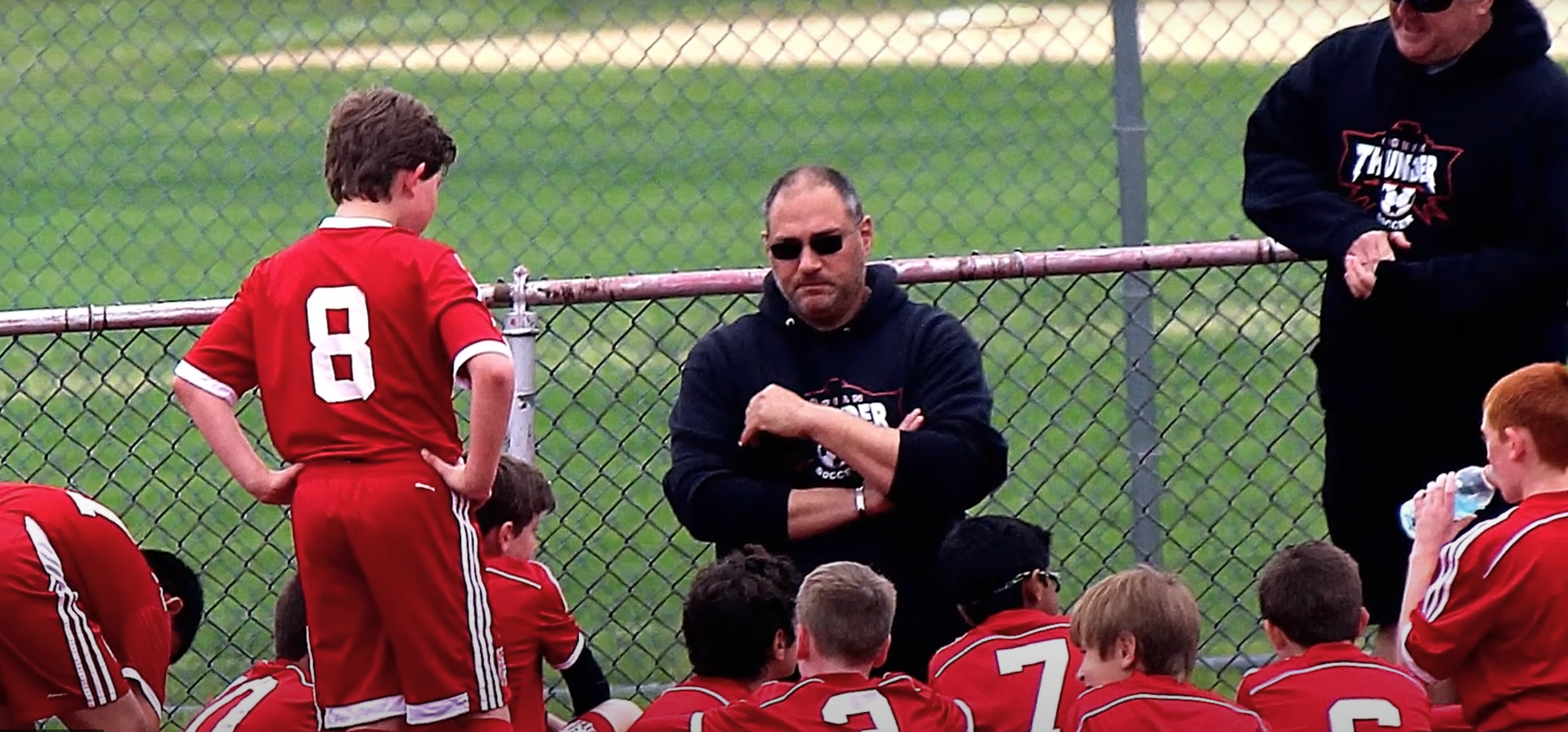Summarize This Article:
Summarize This Article:

With gyms and fitness clubs now opening nationwide, many people are looking forward to getting back in shape and starting a new fitness routine. But, after being less active than usual for many months, one must remember to play it safe when it comes to lifting weights and beginning rigorous exercise.
One common injury that can occur from overexertion at the gym is known as a “Sports Hernia.” This term is a misnomer because it really isn’t a hernia at all. A Sports Hernia is a core muscle injury that causes chronic abdominal and groin pain, especially when performing strenuous exercise. The medical term for Sports Hernia or Core Muscle Injury is called “Athletic Pubalgia.”
There is often confusion about what Sports Hernia is, what causes them, and what can happen if left untreated. Here we break down the myths and share the facts with you.
False! A true hernia involves a weakening or a hole in the layers of the abdominal wall, with little to no pain or discomfort. A hernia is repaired by the placement of mesh to repair the hole. Athletic pubalgia, or sports hernia, is an injury to the core muscles which results in pain and discomfort in the groin area.
Nerves can be injured along with the muscles in a Sports Hernia. There are several nerves that can be affected. The most common are the genitofemoral nerve, ilioinguinal nerve, and obturator nerve. These nerve injuries may need to be treated at the time of surgery in order to alleviate the pain associated with a sports hernia.
You may have a core muscle injury if the pain does not go away with rest. Even if the pain does get a little better with rest, once you attempt to go back to the gym or lift something heavy, the pain often returns.
Not everyone who has a sports hernia will need surgery, however, surgical repair of the core muscles is often required to treat certain cases of Athletic Pubalgia. When there are injured nerves involved, they may require treatment as well. This can involve freeing the nerves from scar tissue (neurolysis) or repairing a damaged nerve (neurorrhaphy). This procedure is an outpatient surgery followed by an immediate therapy protocol.
Not quite. The surgery is done as an outpatient procedure. This means the patient goes home on the same day as the surgery. A recovery protocol is started almost immediately. Most patients are fully recovered by six weeks and are back to normal physical activity by three months.
If you have questions about Sports Hernia Treatment or want to know more about how we treat Athletic Pubalgia, Please contact us today.
